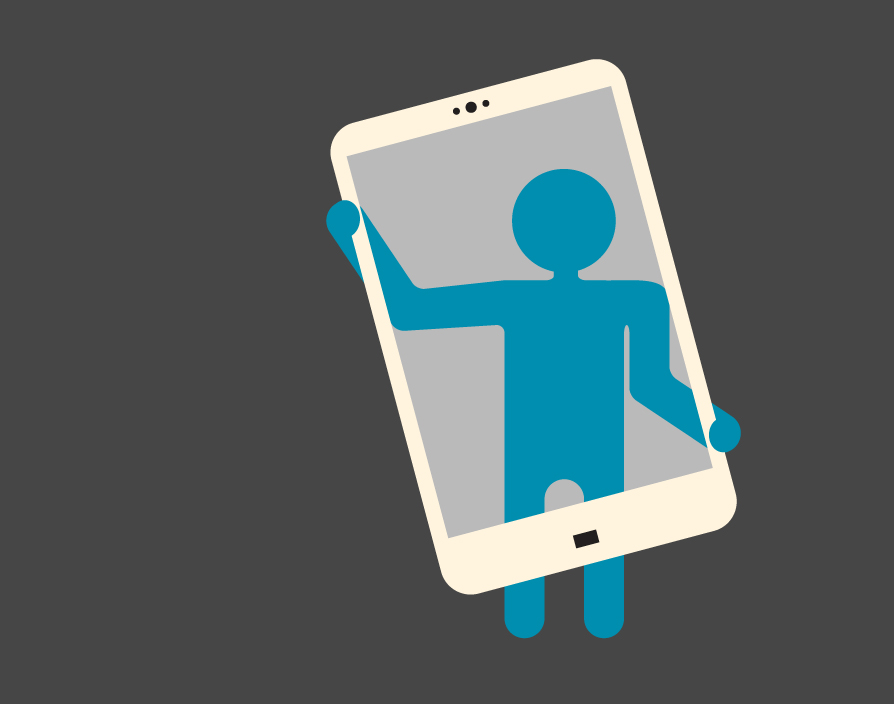Imagine the scene: you’re an agency tasked with increasing the social engagement of a well-known brand. You and your colleagues are sitting around a board table while an account executive waits anxiously with a board pen behind you. After a few rounds of buzzword bingo, you start to think about the problem at hand. You want something that people will share, that promotes the positive message of the client and that will win you that award at the next big marketing dinner. Half an hour later, the room empties and people go back to their desks. In the centre of the whiteboard, there are two words written in large letters: ‘selfie campaign’.
This happens almost every day as agencies and clients struggle to inject any imagination into campaigns. It’s a lazy approach, one that does not offer clients any value and often lacks creativity. And it needs to stop.
So why does it happen? The truth is, social is still in its early days and brands want a big slice of the action. They want a way they can offer fun and relevance to their followers and a method that allows them to get into consumers’ minds on a daily basis. Competitions are great for that, whilst the fact that we can get users to share our messaging through their own social channels is a massive bonus.
But all too often we’re looking to force people to engage with a product or service. If you need to give something away via a competition to ensure that happens, you’re more or less admitting that it’s not all that interesting in the first place. And consumers are increasingly getting bored of this tactic.
So what’s the alternative? Well to begin with, it pays to think about how you can be a useful brand. What content would a customer generally find useful or interesting? People will naturally share things they find stimulating or entertaining.
Using social to promote your business starts with thinking about who your customers are, who you are targeting and what platform they are likely to be on. Demographics across Facebook, Twitter, Instagram and Pinterest vary wildly, so your creative approach should too.
The key is to be strategic; rather than posting arbitrarily, try to get a conversation or narrative going. Think about whether your customers actually want to hear from you or if you are just more noise in their feed. Consider what they might like to hear about: what’s going to be fun, interesting and relevant to them? This isn’t just about exclusive deals and competitions; it’s about anything that’s of value to your audience. Quite simply, it’s about taking a different approach.
There are some great ways to engage people and get them tweeting and talking about your brand. Just take a look at Coca-Cola’s Share a Coke campaign; it selected the UK’s most popular names and printed them on labels. This sparked a sharing frenzy across the nation and quickly became its most successful marketing campaign to date, with a billion impressions on Twitter from 235,000 tweets. Not everyone has the resources nor the product to do something like this. But, if you think about what Coca-Cola did, hopefully you can come up with something that engages well with your own customers.
Coca-Cola gave people a reason to talk about and share its product. You may think that sending a friend a picture of a bottle with their name on it isn’t that interesting but people did it. We as humans are always looking to connect with our friends and providing people with a reason to do so, no matter how trivial, works.
A desire for social connection isn’t the only reason we post things online however. The New York Times released findings of why its followers share content; 49% of people said sharing allows them to ‘inform others of products they care about’.
But perhaps more interesting is that 68% of people share to ‘define themselves’. If someone finds something funny, they share it to show that they have a sense of humour; if it’s interesting, they share it to show they’re interesting. While it’s a sad fact that people ride on the coattails of corporate messages to define who they are as humans, it happens – so let’s embrace that. Many businesses latch on to this with ‘that’s so me’ content; they know people will share content if they relate to it and will want to tell their friends.
Ultimately, the question you need to ask yourself is ‘what can you give to your followers that gives them a reason or an excuse to share?’ Social becomes hugely powerful when we dial down the ‘selling’ dial of content and work harder to engage with the human on the receiving end. ![]()
Share via:








































